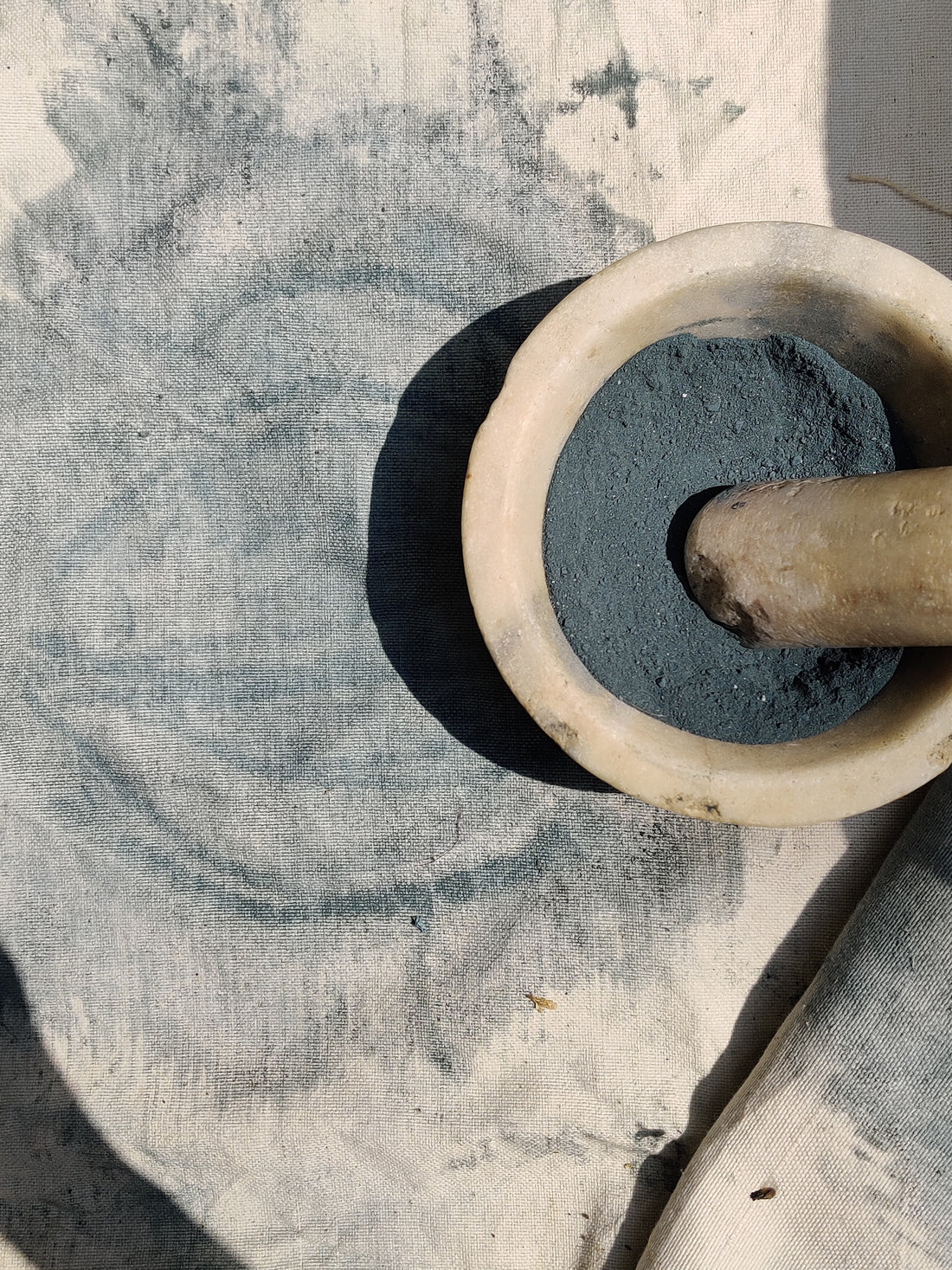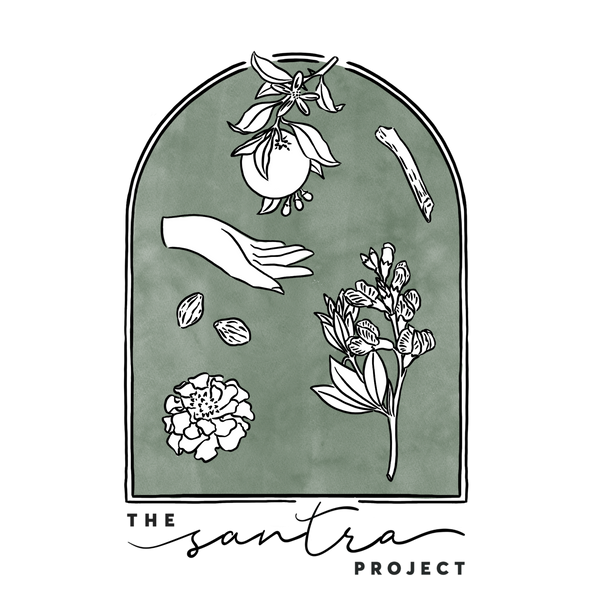
Mind mapping natural dyeing
Share

What is natural dyeing and how it’s done?
Natural dyes are extracted from natural sources
Most are of plant origin and obtained from roots, lichens, leaves, flowers, nuts wood, bark, berries, and seeds. Others are extracted from insects, shellfish, and mineral compounds. Natural dyes were the main source of dye for textiles until synthetic dyes were created in the last half of the nineteenth century. Dyestuff alludes to the plant or other substances from which the dye is extracted.
Types of Natural Dyes
Various kinds of dyes imply that you want to treat them somewhat differently. Each dye clings to the fibrer in different ways, some of them adhere to the fibers effectively and, others need some extra help. This is why mordants are used.
The dyes can be divided into four categories:
Substantive dyes
Adjective dyes
Vat dyes
Fugitive dyes
Substantive Dyes
Substantive dyes are the easiest dyes to apply because they will adhere to the fiber without the help of some other substances. They are usually dyes that are rich in tannins including barks and the leaves and fruits of trees, like walnut, sumac, eucalyptus and oak. Substantive dyes don't need the fiber to be mordanted before dyeing.
Adjective Dyes
These dyes need the assistance of a mordant to adhere to the fiber. Most dyes fall in this category.
Vat Dyes
Vat dyes are not soluble in water, hence they require a more complex process. Indigo is an example of a vat dye and it doesn't need a mordant


Fugitive Dyes
These dyes produce non-lasting outcomes. They produce stains that will fade with time, but if you are willing to embrace their ephemeral nature you can have loads of fun with them. These include beetroot, turmeric and blackberries.
Mordants
Mordants are chemical compounds that combine fiber and dye. Madder, cochineal, and other natural dyes are poly-chromic, implying that they yield various tones with various mordants. Normal mordants are frail organic acids, like acidic or tannic acid, and metal salts including aluminium ammonium or potassium sulfate, ferrous sulfate, and copper sulfate.
How it's done:
Fiber selection
Scouring
Mordanting
Dye Extraction
Dye Process
Wool and silk (protein fibers) accept dyes best. Plant fibers (cotton and cloth) need a mordant or a dye with normal tannins (avocados, onion skins, or black walnuts).
All fibers need to be scoured before dyeing for the best results. Scouring is the method involved with removing oil or chemicals occurring in nature or through the manufacturing process. You can scour linen and cotton using water and a pH-neutral laundry detergent.
Normally, the textile to be dyed is simmered in the mordant before dyeing (pre-mordanting). Or adding the
Mordant to the dye bath or treating with another mordant after dyeing to change the color.
Some dyestuffs (avocados, onion skins, and black walnuts) contain tannins, which act as mordants. This means you can avoid this progress.



Make sure to use precautionary measures when working with both dye powders and mordants. A few mordants might aggravate delicate skin.

Natural dyes are usually worked with along these lines. The dyestuff is collected or harvested, then soaked in water for a long time, and heated to a low simmer for roughly an hour or so to extract the dye. The concentrate is then transferred to a pot and water is added to achieve the ideal dye bath volume. Wet, pre-mordanted material is added to the dye bath, which is heated to a low simmer for roughly an hour.



After the dye bath is cool, the fabric is taken out. The fabric is then rinsed and dried, revealing the true colour and print of the fabric. All achieved through organic natural dyes.
